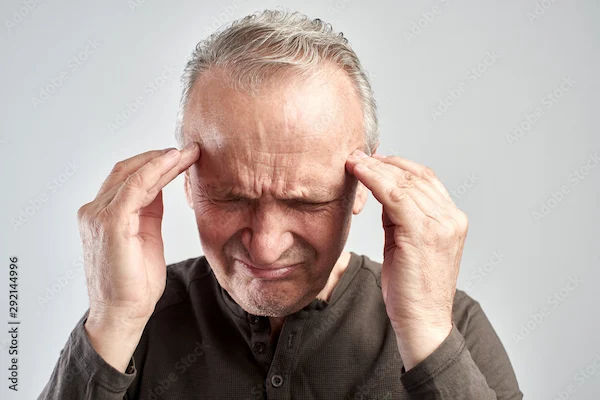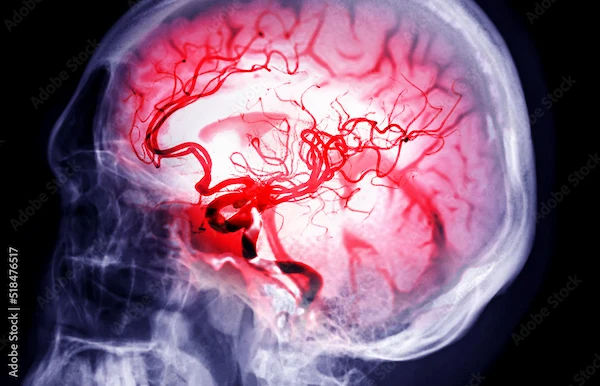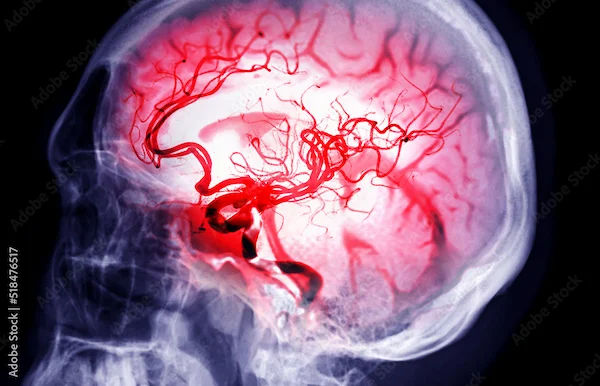FAST Stroke Recognition: How to Spot a Stroke and Save Lives
Learn how to spot the signs of a stroke quickly using the FAST method. Early recognition can save lives—know when to act and get emergency help immediately.

Written by Dr.Sonia Bhatt
Last updated on 3rd Jul, 2025
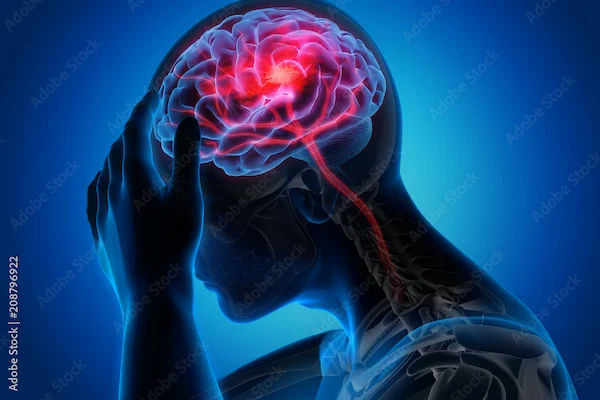
Introduction
A stroke is a medical emergency that requires immediate attention. The quicker a stroke is recognised and treated, the better the chances of survival and recovery. As a patient or a caregiver, understanding the signs of a stroke is crucial. Early recognition can make all the difference, and that's where FAST stroke recognition comes in.
What is a Stroke?
A stroke occurs when the blood supply to a part of the brain is interrupted. This can happen either because of a blockage (ischaemic stroke) or a burst blood vessel (haemorrhagic stroke). Without a constant supply of oxygen and nutrients from the blood, brain cells begin to die, and the function of the body parts controlled by that region of the brain can be affected.
The sooner a stroke is diagnosed and treated, the better the chances of minimising damage and improving recovery. That’s why learning to spot the signs of a stroke is crucial for everyone.
The Importance of FAST Stroke Recognition
Recognising the symptoms of a stroke quickly can dramatically reduce the likelihood of long-term disability or death. Stroke patients often have a limited window of time to receive treatment, particularly if they are candidates for thrombolytic therapy (clot-busting drugs) or surgical intervention.
The FAST acronym is an easy and effective way to remember the signs of a stroke. It’s a tool designed to help anyone – even those without medical training – recognise a stroke in progress.
FAST: The Key to Recognising a Stroke
Recognising a stroke can be challenging, especially for those who have never witnessed one before. The FAST acronym simplifies the process and helps you spot the signs quickly and accurately. Each letter of FAST stands for a key symptom of a stroke, which can be easily checked by anyone in a few seconds. By understanding FAST, you can take immediate action to call emergency services and prevent further brain damage.
F - Face Drooping
One of the first things to look for in a person who may be having a stroke is face drooping. The muscles on one side of the face may suddenly weaken or become paralysed. This can cause the face to droop or appear uneven. For instance, when someone tries to smile, one side of their face might sag or appear stiff while the other side remains normal.
To test for face drooping, ask the person to smile. Observe if the smile is uneven or lopsided. If the smile is asymmetrical, this is a red flag for a possible stroke.
Why it happens: The face is controlled by a part of the brain that can be affected when blood flow is interrupted. When a stroke occurs, the part of the brain that controls the muscles of the face may no longer receive the necessary oxygen and nutrients, leading to weakness or paralysis on one side of the face.
A - Arm Weakness
Arm weakness or numbness is another hallmark sign of a stroke. A person experiencing a stroke may not be able to lift one of their arms or may notice that one arm is weak, numb, or unable to function as it normally would.
To check for arm weakness, ask the person to raise both arms at the same time. If one arm starts to drift downward or cannot be raised as high as the other, this could indicate a stroke. In some cases, the person may not even be able to lift one arm at all, even with effort.
Why it happens: The brain controls the movement and strength of the muscles in the arms, and when a stroke damages certain areas of the brain, it can result in weakness or paralysis on one side of the body.
S - Speech Difficulty
One of the most telling signs of a stroke is difficulty speaking or understanding speech. A person who is having a stroke may experience sudden confusion, slurred speech, or an inability to find the right words. They might also have trouble understanding what is being said to them.
To test for speech difficulty, ask the person to repeat a simple sentence, such as, “The sky is blue.” Pay attention to whether they slur their words, speak incomprehensibly, or struggle to form coherent sentences. If their speech is unclear or they cannot repeat the sentence, this is another red flag for a stroke.
Why it happens: When a stroke affects the areas of the brain responsible for speech, the person may lose the ability to speak clearly or understand what others are saying. These areas are typically located in the left hemisphere of the brain, and a stroke on the left side of the brain can impair speech and comprehension.
T - Time to Call for Medical Assistance
The final step in the FAST acronym is the most crucial; time to call for medical assistance or your local emergency services number. If you notice any of the above signs – face drooping, arm weakness, or speech difficulty – it’s important to take action immediately. Don’t wait to see if the symptoms improve or disappear. Even if the symptoms seem to go away, a stroke can cause lasting brain damage, and only a medical professional can properly assess the situation.
Call for medical help right away and explain the symptoms you’ve observed. Make sure to mention the time the symptoms first appeared, as this is vital information for emergency responders. Prompt medical intervention can reduce brain damage and improve the chances of a successful recovery.
Why it’s important to call immediately: As soon as a stroke occurs, brain cells begin to die due to the lack of oxygen and blood flow. The longer the stroke goes untreated, the more brain tissue is damaged. Treatments such as clot-busting drugs or surgery are most effective if given within a few hours of the first symptoms. In some cases, time-sensitive treatments can stop the stroke in its tracks and prevent long-term disability.
Additional Symptoms to Watch Out For
While the FAST acronym covers the most common and critical signs of a stroke, there are other symptoms that may also indicate a stroke:
Sudden numbness or weakness in the face, arm, or leg, especially on one side of the body
Sudden confusion, trouble speaking, or understanding speech
Sudden vision changes, such as blurred or double vision or loss of vision in one or both eyes
Sudden dizziness, loss of balance, or difficulty walking
These symptoms may appear suddenly and without warning. If any of these signs are present, do not hesitate to act. The sooner you call for help, the better the chances of reducing long-term damage.
Why FAST Recognition Can Save Lives
The phrase “time is brain” highlights the importance of quick action when a stroke occurs. The faster a stroke is identified and treated, the greater the chances of recovery and the lower the risk of permanent damage. This is why recognising the signs of a stroke and calling emergency services right away can make all the difference in the outcome.
There is a window of opportunity for effective treatment, especially for ischaemic strokes, where blood clots block blood flow to the brain. Clot-busting medications can dissolve the clot and restore blood flow, but these treatments must be administered within a certain time frame (typically within 4.5 hours of symptom onset). The sooner you act, the more options doctors have to treat the stroke and limit its effects.
Conclusion
A stroke is a medical emergency that requires immediate action. Recognising the signs of a stroke using the FAST acronym is the key to saving lives. Remember to look for Face drooping, Arm weakness, and Speech difficulty, and if you notice any of these symptoms, it’s Time to call 999. Quick intervention is vital for reducing brain damage and improving recovery outcomes.
By staying vigilant and acting fast, you can help save a life and minimise the impact of a stroke on someone’s health.
Consult Top Neurologists
Consult Top Neurologists

Dr. Abhinav Gupta
Neurologist
18 Years • MBBS, MD (GENERAL MEDICINE), DM (NEUROLOGY)
Ghaziabad
Bhava Neurocenter, Ghaziabad

Dr Rajashekar Mummadi
Neurologist
3 Years • MBBS, DNB General Medicine, DRNB Neurology
Hyderabad
Dr Ram's Neuro Clinic, Hyderabad
Dr. Annakula Ramu
Neurologist
7 Years • MBBS, MD General Medicine, DM Neurology
Jagtial
Sairam Neuro and Children Hospital, Jagtial

Dr. Uddalak Chakraborty
Neurologist
8 Years • MBBS, MD(GENL.MED.),DM(NEUROLOGY)
Kolkata
MCR SUPER SPECIALITY POLY CLINIC & PATHOLOGY, Kolkata
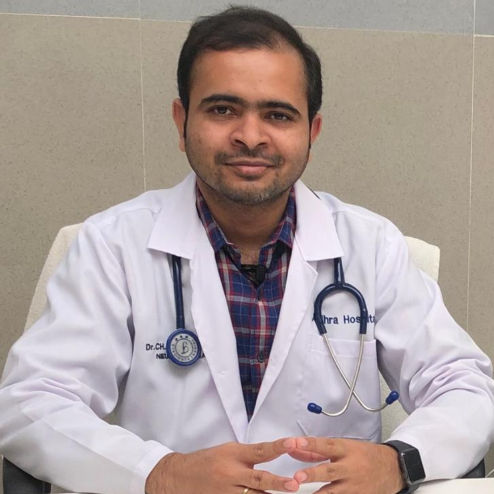
Dr Chandu Samba Siva Rao
Neurologist
7 Years • MBBS, MD GENERAL MEDICINE, DM NEUROLOGY
Vijayawada
Chandu Neuro Center, Vijayawada
